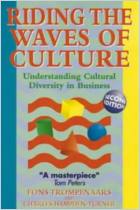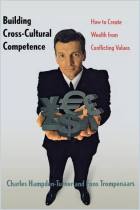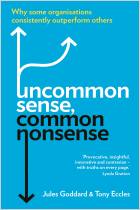Read or listen offline
Amazon KindleRecommendation
Consultants Fons Trompenaars and Peter Prud’homme thoroughly explore issues in corporate culture, and focus on managing change across disparate cultures. They first review milestones in business publishing, tracing the ebb and flow of corporate culture as a fashionable management subject. They offer a unique model for analyzing and assessing corporate culture, though that will primarily interest academics. General business readers will find more utility in the very brief but interesting profiles of companies that successfully managed cultural conflict while becoming global leaders: Nokia, Ikea, Applied Materials, Acer and Suez. The book’s style sometimes veers into the numbingly academic but, for the most part, it speaks comfortably to the general reader, despite grammatical errors. getAbstract recommends this to anyone who must resolve cultural issues in the wake of a merger or acquisition.
Summary
About the Authors
Fons Trompenaars is Director of Trompenaars Hampden-Turner (THT), an intercultural management consultancy. He is author or co-author of several books including, Did the Pedestrian Die?, 21 Leaders for the 21st Century and Riding the Waves of Culture. Peter Prud’homme is an expert on business culture with 15 years of experience as a manager with international responsibilities at Philips.


























Comment on this summary